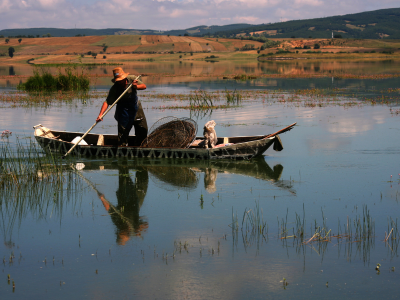
Europe and Central Asia Regional Overview of Food Security and Nutrition 2024
Managing water sustainably for improved food security and nutrition
This report provides the latest updates on hunger, food insecurity and malnutrition in Europe and Central Asia, including the cost and affordability of healthy diets. It also explores the central theme of water security, highlighting its critical connections to agriculture, food security and nutrition. While the region has made progress in reducing hunger and food insecurity (SDG Target 2.1), challenges remain in eliminating all forms of malnutrition (SDG Target 2.2).
Collections
- Country gender assessment series
- Digital agriculture
- Disaster risk reduction and management publication series
- Empowering smallholders and family farms series
- Transboundary animal diseases - Leaflets
Multimedia resources
Publications
.jpg?sfvrsn=c92a3d35_3)
Assessment of the possibilities for income diversification through rural crafts development
01/2019
Rural crafts represent a necessary component of agriculture in which rural women play a key role. International experience demonstrates that rural crafts can make a significant contribution to the household economy and to the export potential countries.
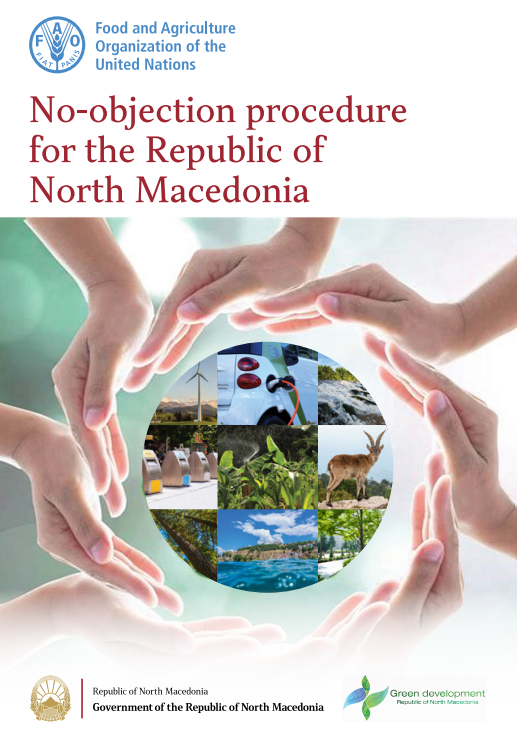
No-objection Procedure for the Republic of North Macedonia
05/2019
This technical document is one means by which country ownership is strengthened for enhanced access to climate finance and for transparent and participatory technical assessment of country priorities in its engagement with the GCF.
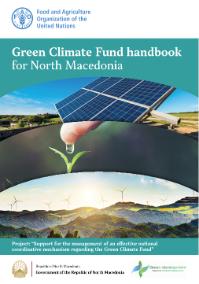
Green Climate Fund handbook for North Macedonia
05/2019
The Green Climate Fund Handbook for North Macedonia was prepared by the FAO Regional Office for Europe and Central Asia, under the leadership and guidance of the Cabinet of the Deputy President of the Government of the Republic of North Macedonia in charge of Economic Affairs as National Designated Authority to the Green Climate Fund (GCF).

Manual for the Operations of the National Designated Authority for Engagement with the Green Climate Fund
05/2019
This Manual aims to provide guidance to the National Designated Authority on the engagement with the Green Climate Fund, on its operations and roles to facilitate the implementation of climate change activities in North Macedonia.
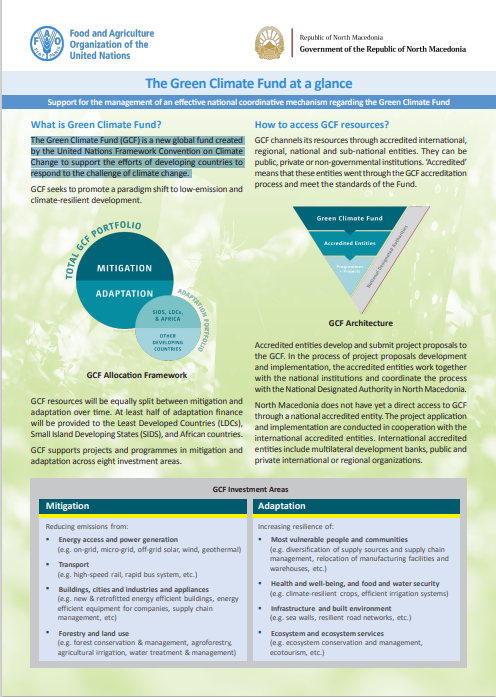
The Green Climate Fund at a glance
05/2019
The Green Climate Fund (GCF) is a new global fund created by the United Nations Framework Convention on Climate Change to support the efforts of developing countries to respond to the challenge of climate change.
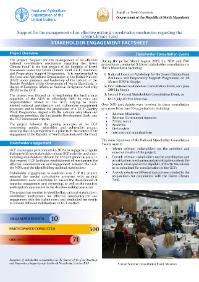
Stakeholder Engagement Factsheet - Support for the management of an effective national coordinative mechanism regarding the Green Climate Fund
05/2019
The aim of this factsheet is to present the stakeholder engagement activities implemented in the frames of the North Macedonia’s first Green Climate Fund Readiness and Preparatory Support Project “Support for the management of an effective national coordinative mechanism regarding the Green Climate Fund”
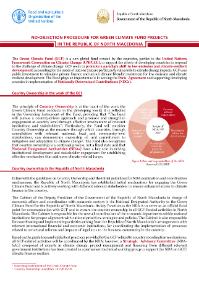
No-Objection Procedure for Green Climate Fund Projects in the Republic of North Macedonia - Factsheet
05/2019
The Green Climate Fund (GCF) is a new global fund created by the countries, parties to the United Nations Framework Convention on Climate Change (UNFCCC), to support the efforts of developing countries to respond to the challenge of climate change. GCF seeks to promote a paradigm shift to low-emission and climate-resilient development, accounting for the needs of nations that are particularly vulnerable to climate change impacts.
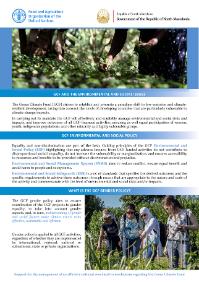
Gender, Environmental and Social Policy of the Green Climate Fund
05/2019
This factsheet is jointly developed by the Cabinet of the Deputy President of the Government of the Republic of North Macedonia in charge of Economic Affairs, in its role as National Designated Authority (NDA) to GCF and FAO in the frames of the project “Support for the management of an effective national coordinative mechanism regarding the Green Climate Fund.
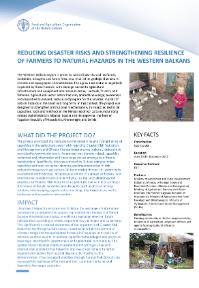
Reducing Disaster Risks and Strengthening Resilience of Farmers to Natural Hazards in The Western Balkans - TCP/RER/3504
06/2019
The Western Balkans region is prone to natural hazards, such as floods, landslides, droughts and forest fires, as a result of its geological structure, and climatic and topographic characteristics. The agriculture sector is negatively impacted by these hazards, with damage caused to agricultural infrastructure and equipment and losses in crops, livestock, forestry and fisheries.
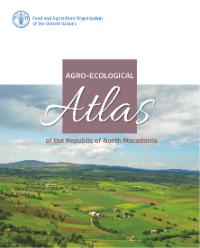
Agro-ecological atlas of the Republic of North Macedonia
03/2020
Agriculture has an important role in North Macedonia and in 2017 it accounted for 7.9 percent of the gross domestic product (GDP) in the country. However, agriculture’s share of the country’s GDP has been decreasing for the past decade, and the need to improve agricultural productivity has become an important challenge.
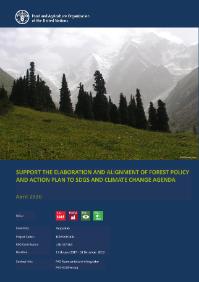
Support the Elaboration and Alignment of Forest Policy and Action Plan to SDGs and Climate Change Agenda - TCP/KYR/3603
05/2020
Although Kyrgyzstan is a country with little forest cover, its forests provide a wide range of goods and services and are particularly important for the local communities. More than 35 percent of the population lives below the poverty line.
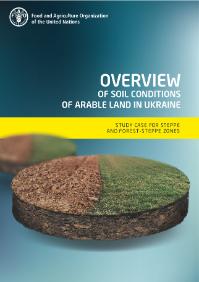
Overview of soil conditions of arable land in Ukraine
05/2020
This publication reports on the systematic collection of information about soil resource management at farm level with the objective of providing an efficient land market relationship in Ukraine, based on transparency and protecting landowners.
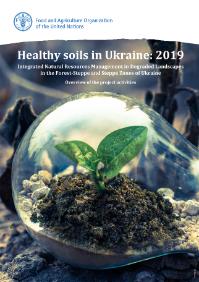
Healthy soils in Ukraine: 2019
05/2020
The brochure provides information on events, activities and achievements of the GEF-funded FAO project "Integrated Natural Resources Management in Degraded Landscapes in the Forest-Steppe and Steppe Zones of Ukraine" in 2019.
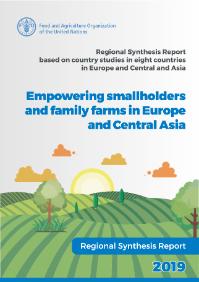
Support to the implementation of the Regional Initiative on Empowering Smallholders and Family Farms (TCP/RER/3601) - Regional Synthesis Report
09/2020
FAO conducted country studies on the needs and constraints of smallholders and family farms in eight countries of the region. The countries were selected from among those where smallholders and family farms dominate the farm structures and from the various sub-regions so that together they provide a regional overview. The countries covered in the report are Albania, Armenia, Georgia, Kyrgyzstan, Republic of Moldova, North Macedonia, Serbia and Tajikistan. 2020, 166 p.
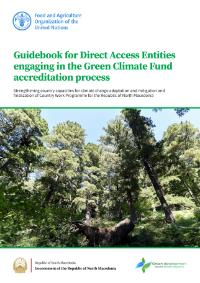
Guidebook for direct access entities engaging in the Green Climate Fund accreditation process
03/2021
The document aims to provide the main guidelines that potential entities should consider before engaging in the Green Climate Fund (GCF) accreditation process. It includes a brief description of the main steps of the GCF accreditation process, information on the most relevant policies, as well as an explanation of each section of the accreditation form.
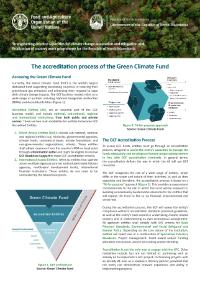
Strengthening country capacities for climate change adaptation and mitigation and finalization of country work programme for the Republic of North Macedonia
03/2021
This leaflet is one of the communication products developed by FAO and the Cabinet of the Deputy President of the Government of the Republic of North Macedonia in charge of Economic Affairs, in its role as National Designated Authority (NDA) to Green Climate Fund (GCF) in the frames of the country's second project under the GCF Readiness and Preparatory Support Programme
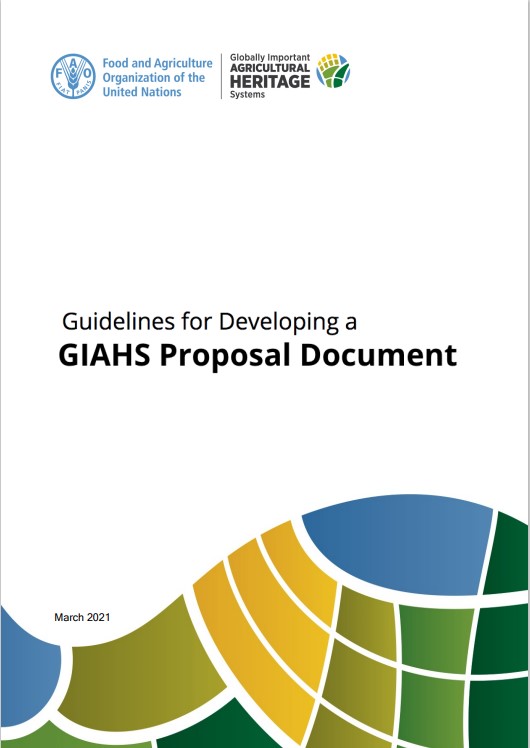
Guidelines for Developing a GIAHS Proposal
03/2021
The Guidelines for Developing a GIAHS Proposal Document, hereinafter referred to as “the Guidelines”, aim to provide clear recommendations to the authors of GIAHS proposal documents on the descriptions required in each part of the GIAHS application template. Therefore, the Guidelines are a supplementary document to the GIAHS proposal template.
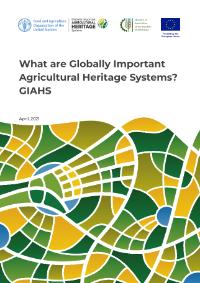
What are Globally Important Agricultural Heritage Systems? GIAHS
04/2021
The project contributes to improving livelihoods in rural areas and reduction of socio-economic divergence in the north-west region of Azerbaijan by supporting improvement of inclusive agri-food systems that promote local food heritage through Globally Important Agricultural Heritage Systems (GIAHS) and development of inclusive and efficient value chains for selected food products.
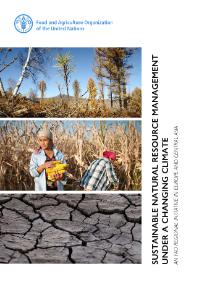
Sustainable Natural Resource Management under a changing climate
05/2021
The aim of the brochure to introduce the main objective of this Regional Initiative its strengthen countries’ ability to manage their natural resources sustainably, while also coping with climate change and reducing the risk of disaster in agriculture, forestry and fisheries.
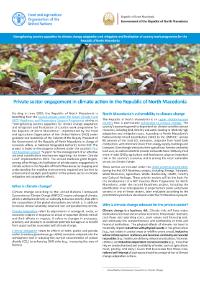
Private sector engagement in climate action in the Republic of North Macedonia
06/2021
This leaflet is one of the communication products developed by FAO and the Cabinet of the Deputy President of the Government of the Republic of North Macedonia in charge of Economic Affairs, in its role as National Designated Authority (NDA) to Green Climate Fund (GCF) in the frames of the country's second project under the Green Climate Fund Readiness and Preparatory Support Programme
